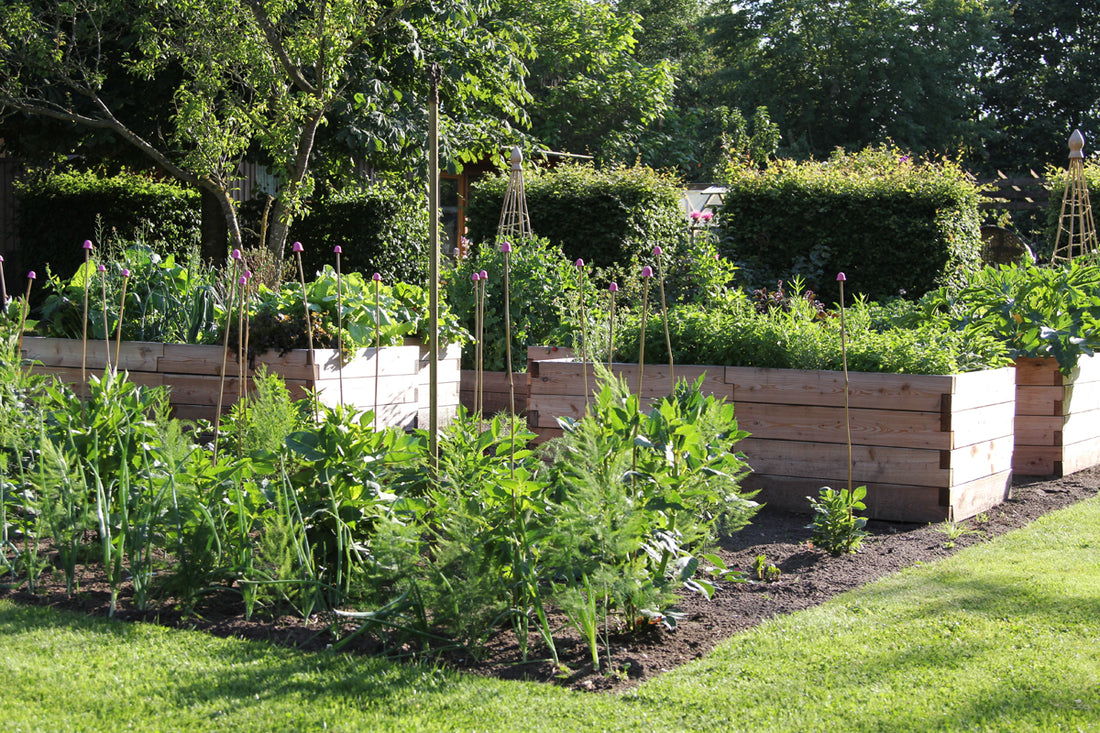The best time to create a raised bed
Since autumn garden waste is ideal for filling, now is the perfect time to create a raised bed. Just like in spring, there is plenty of garden waste available now that can be perfectly recycled for the various layers of a raised bed.

Autumn is raised bed time:
Don't have any gardening ideas for fall yet? We have a few suggestions: Just like in spring, there's plenty of garden waste (withered perennial stems, shrub, hedge, or tree trimmings, autumn leaves, wood chips, or grass clippings) that's perfect for recycling into the various layers of a raised bed. These materials allow the nutrients produced by your own garden to be returned to the garden. The nutrients stimulate plant growth, and the structure can settle beautifully over the winter months. You can also use the time, when most beds are already quite bare, to plan and create your own garden. There's more than enough to do in the garden in spring anyway.
Layers:
For any raised bed, the layers must become increasingly finer towards the top. To protect the raised bed from voles and moles, the soil is first covered with plastic sheeting, dense weed control fabric, or fine mesh wire. The bottom layer consists of coarse, unrotted branches, twigs, shrub waste, and perennial stems. Tread this layer firmly down; it serves as drainage and ensures ventilation from below. Next comes a layer of rotted plant matter, lawn probes (placed with the soil side facing up), grass clippings, wood chips, leaves, or even cardboard boxes. On top of this comes a layer of manure or semi-mature compost, which later releases heat as it decomposes. The top layer consists of fine, well-rotted compost mixed with garden soil or store-bought potting soil.
And now let’s get to work on the bed…








































































































